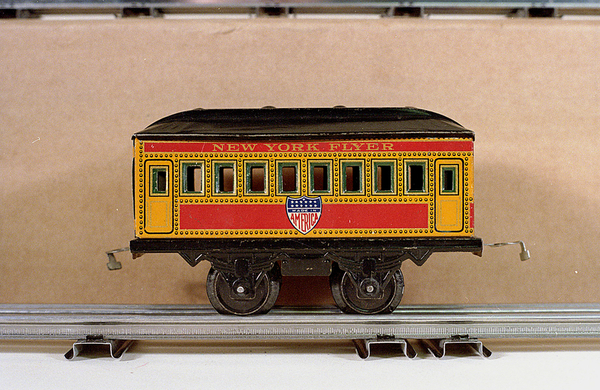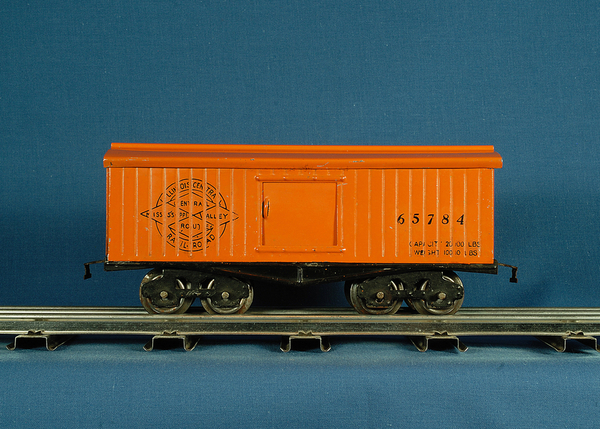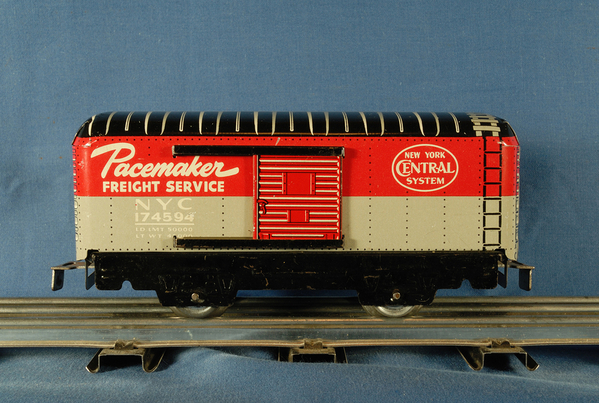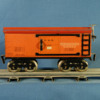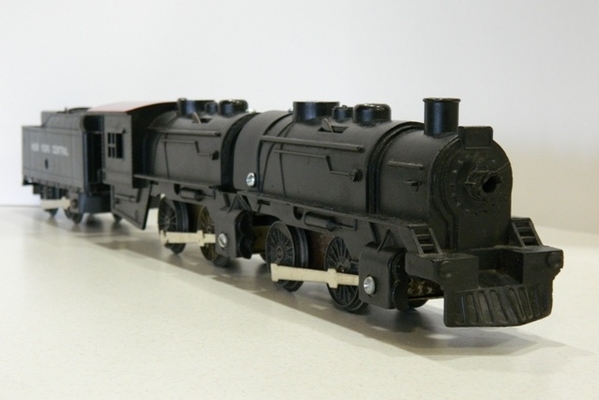Guys,
I am going to very very slowly dip into the Tinplate area, to create one nice colorful train. The 1950s and 60s cars with tab and slot couplers seem to be the very cheapest.
I know that these were sold for use with the wind-up sets, but do these couplers have any problems when you run them on electrified O Gauge sets? Or, when running across Lionel 021 electric switches?
I am currently looking at cars only. Not locomotives. My Scout engine has a tab coupler, so I assume I can pull these cars?
Also, important, how do you guys add weight to these cars. Most of them are sealed metal boxes. I know I could drill a small hole in the bottom of the frame, pour in #9 birdshot, and then solder a thin patch over the hole, but I suspect there is a far easier way. And, I hate to damage anything old.
Thanks vey much for all info.
Mannyrock








